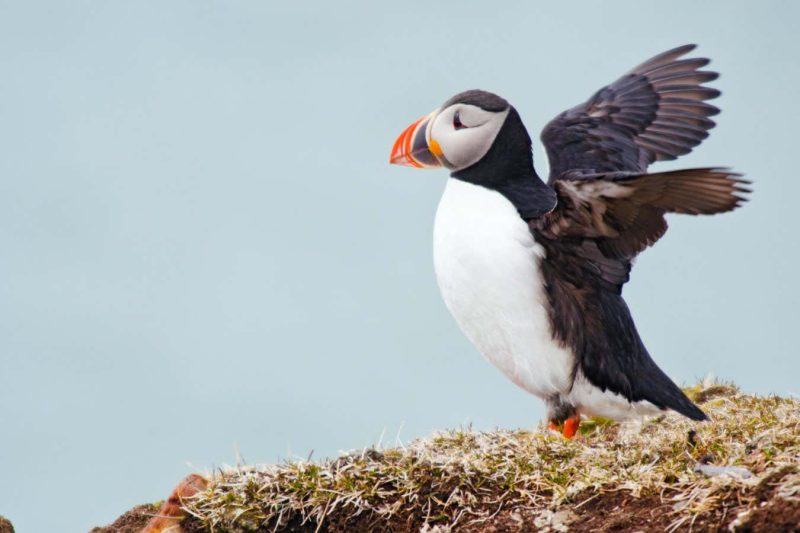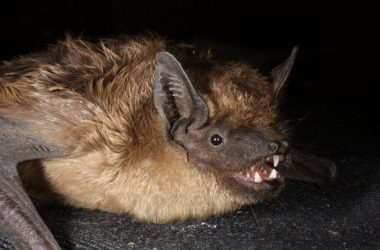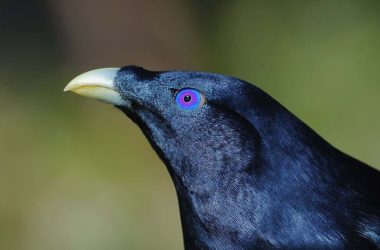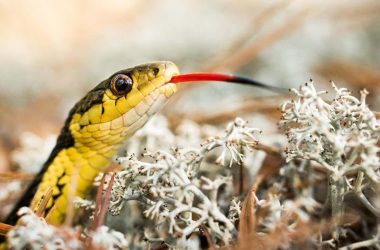Introduction
Arctic warming may have led to the emergence of hybrid puffins in Norway. Two distinct subspecies of Atlantic puffins are now interbreeding in Norway, possibly due to the effects of Arctic warming forcing some birds away from their usual habitat.
Background
The largest subspecies of Atlantic puffin, Fratercula arctica naumanni, is found on the island of Spitsbergen in Svalbard, Norway. Puffins on the island of Røst, roughly 1000 kilometers to the south, belong to a smaller subspecies, Fratercula arctica arctica. In 2021, hybrid puffins, a mix of these two subspecies, were discovered on Bear Island, which is about halfway between Spitsbergen and Røst.
Research Findings
Oliver Kersten at the University of Oslo and his colleagues analyzed genetic samples collected from puffins that lived between 1868 and 1910 on Spitsbergen, Røst, and Bear Island. They also studied the genomes of modern puffins that lived on these islands between 2012 and 2018. The analysis revealed that all puffins on Bear Island until 1910 belonged to the subspecies F. a. arctica. Based on the analysis of modern genomes, it is believed that the two subspecies began interbreeding shortly after 1910.
According to Kersten, the hybrid puffin population appeared at the same time as the anthropogenic warming of the Arctic. Rising temperatures reduced the food available around Spitsbergen, forcing the naumanni puffins to search for food elsewhere.
Implications
Currently, there is no downside to the hybridization of puffins because the distinct naumanni and arctica subspecies still exist on Spitsbergen and Røst. However, there may be situations in the future where genetic diversity is lost if entire subspecies are forced to interbreed.
Similar hybridization events haven’t been observed among puffins in the UK and North America. However, if climate change continues to displace the birds from their native habitats, similar hybridization may occur.
Expert Opinions
David Nogués-Bravo at the University of Copenhagen states that the movement of a typically Arctic subspecies challenges the notion that global warming will simply push species towards the poles. He emphasizes the need to expect and plan for varied ecological responses to climatic shifts. However, a direct link between climate change and this hybridization has yet to be proven.








